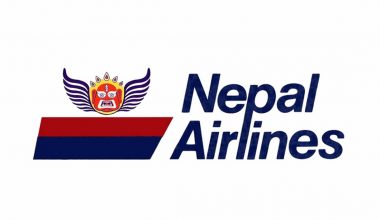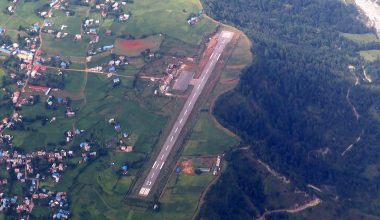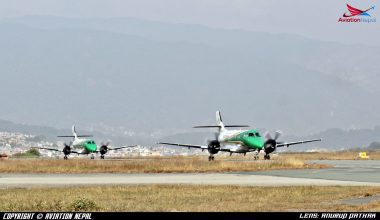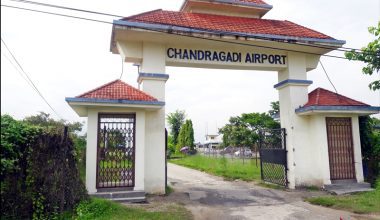-KATHMANDU
The Civil Aviation Authority of Nepal (CAAN) is preparing to bring four new international parking bays in operation within the next six months, General Manager of TIA admitted.
The operation of the new parking bays will ease the congestion at the only international airport of the country, stated officials.
Raj Kumar Chettri, General Manager for TIA stated that the under constructed bays are expected to be accomplished within next six months. The four new parking bays are being built using resources of the CAAN. Out of the four new bays; two bays are located at the eastern side of the runway likewise, remaining two will be located at the southern part of the airport terminal building.
The Eastern bays will be able to hold narrow body aircraft (A320, B757 or Equivalent) while the southern bay can accommodate wide-body aircraft (A330 or equivalent).
National Flag Carrier, Nepal Airlines Corporation is all set to receive its first Airbus A330 in May following the second on June, this year if the parking space is not expanded by that time, the problem of air traffic congestion may get worse, said airport officials.
The current report of the airport shows that the international apron holds nine parking bay sections out of which first four-bay section are capable of holding wide-body aircraft (B747-400 or similar types of aircraft) and the remaining five can only accommodate narrow-body jets. The existing nine parking bays are insufficient in normal days for TIA to handle the aircraft and the foreign carriers are severely strained to increase their flight frequency at this situation. The airport authorities have to adjust flight schedule accordingly.
The airport is also aimed to acquire nine more parking bays on the northern side under the TIA Air Transport Capacity Enhancement Project (ATCEP) funded by the Asian Development Bank (ADB). The parking bays under the ADB project will be completed within the next three years (2020).
TIA which operates for 18 hours handles more than 500 flights daily, including 100 by foreign carriers, during the peak travel period. CAAN report shows that this flight movement is double than that of what was recorded five years ago.






